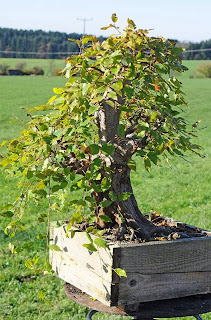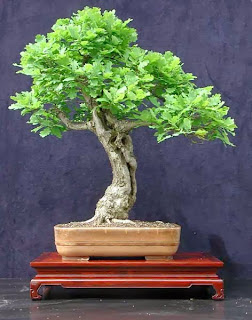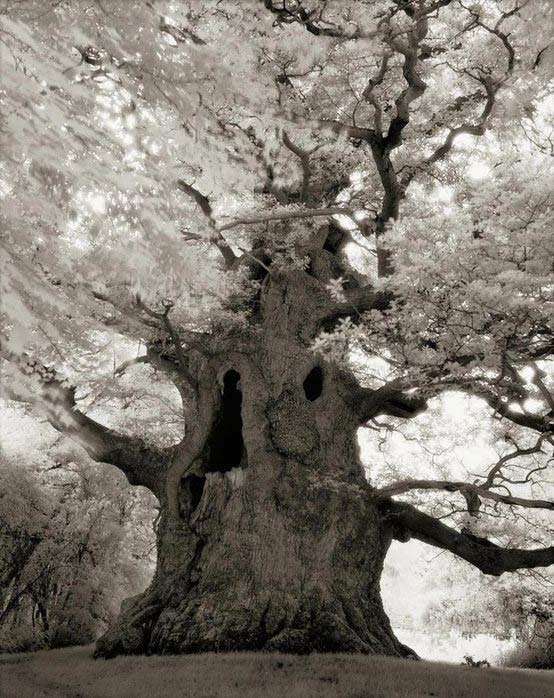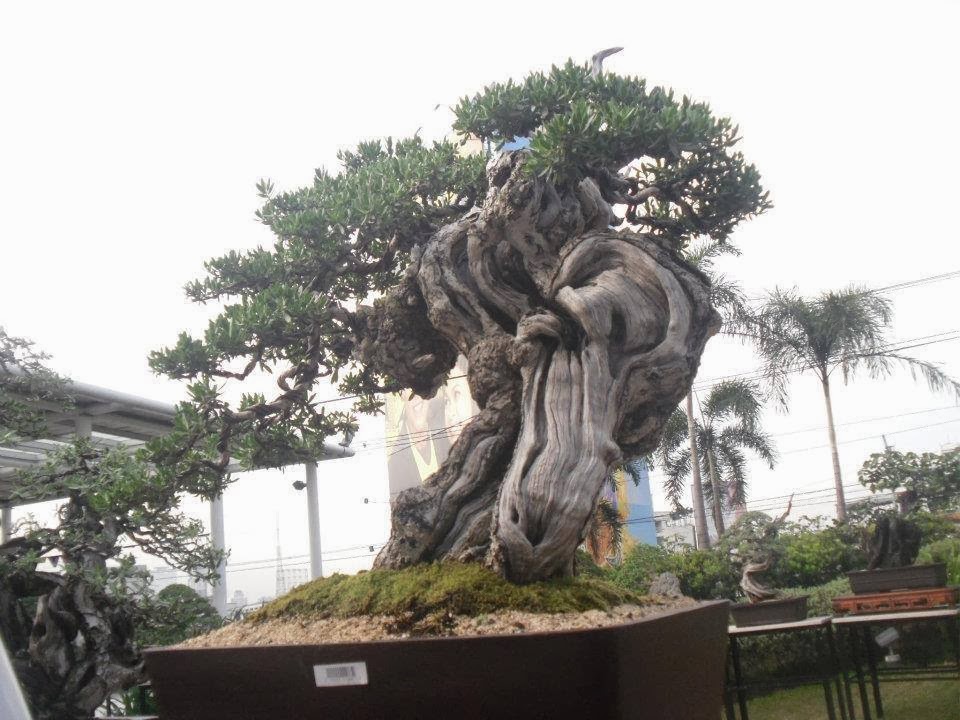↧
European hornbeam #5
↧
shohin Kiohime Japanese beech
↧
↧
Prunus #21
↧
European beech #5
↧
European beech #4
↧
↧
oriental hornbeams for sale or trade
All these are collected oriental hornbeams, Carpinus orientalis. They are well established, ready for immediate styling or potting into a good bonsai pot. I can bring any selected tree to Noelanders Trophy. For inquiries write me an email bonsai@walter-pall.de and add name of image or, even better add a copy of the image.
![]()
![]()
![]()
![]()
![]()
![]()
![]()
![]()
![]()
![]()
![]()











↧
wild plums for sale or trade
All these are collected wild plums, Prunus cerasifera. They are well established, ready for immediate styling or potting into a good bonsai pot. I can bring any selected tree to Noelanders Trophy. For inquiries write me an email bonsai@walter-pall.de and add name of image or, even better add a copy of the image.
![]()
![]()
![]()
![]()
![]()
![]()
![]()
![]()
![]()
![]()
![]()
![]()
![]()
![]()
![]()
![]()
![]()
![]()
![]()



















↧
oriental hornbeam #19
↧
European beech #2 secret revealed
↧
↧
some smaller trees in winter
↧
European hornbeam #16
↧
European hornbeam #13
European hornbeam, Carpinus betulus, collected in Germany in 2004, first images of 2007, when I acquired the tree. The last images with the slab are virtuals, of course. This one I have neglected for a long time, partially because it is too heavy to carry it alone. And then I was not so sure whether it was really good enough for my collection. After the final styling now I am sure.
![]()
![]()
![]()
![]()
![]()
![]()
![]()
![]()
![]()
![]()
![]()
![]()
![]()
![]()
![]()
![]()
![]()
![]()
![]()
![]()
![]()
![]()
![]()
![]()
![]()
![]()
![]()
![]()
![]()
![]()
![]()
![]()
![]()
































↧
Off to NoelandersTrophy
Tomorrow morning I will start for the long journey. I hope to meet many of you right there.
I have a lot of Biotreecleaner and wood hardener in my car. If you are interested, just speak to me.
I have a lot of Biotreecleaner and wood hardener in my car. If you are interested, just speak to me.
↧
↧
Back from Noelanders Trophy
It was not allowed to photograph inside the exhibit. Only my own trees I could take a picture of. One of my students got formal permission to photograph ALL trees. He shows them here:
BFF Noelanderst Trophy
Please honor copyright. Absolutely no copying of photographs for showing somewhere else!
Here is what I have collected as images from several sources. I thank all the photographers!
![]()
![]()
![]()
![]()
![]()
![]()
![]()
![]()
![]()
![]()
![]()
![]()
![]()
![]()
![]()
![]()
![]()
![]()
![]()
![]()
![]()
BFF Noelanderst Trophy
Please honor copyright. Absolutely no copying of photographs for showing somewhere else!
Here is what I have collected as images from several sources. I thank all the photographers!





















↧
tanuki
↧
European oak #1 rescue of an old bonsai
European oak, Quercus robur, collected in Germany in 1992, first image of 1994. This tree has a long history. It was hollowed drastcally right in the beginning. Within ten years it became a presentable tree. In 2012 a very aggressive black fungus almost killed it. Subsequently lots of smaller branches and one large one died. Now it is rescued again. Most of the the ramification got lost but the structure is better now. The ramification will be there again in a few years. Pot by Derek Aspinall.
![]()
![]()
![]()
![]()
![]()
![]()
![]()
![]()
![]()
![]()
![]()
![]()
![]()
![]()
![]()
![]()
![]()
![]()
![]()
![]()
![]()
![]()






















↧
The Fairy Tale Bonsai Style
The Fairy Tale Bonsai Style (FTS)
by Walter Pall
www.walter-pall.de
When the International Bonsai Academy was at Sebastijan Sandev's place in summer of 2o13 Sebastijan and I noticed that our ideas about styling some trees were so far away from standard bonsai that we better call it something else.
This is how this all came abut:
"And Sarah and John left their home in the afternoon because their mother had told them that she could not feed them anymore and would sell them to the rich farmers who would keep them like slaves. So the children walked away into the woods holding their hands. They went deeper and deeper into the forest and became quite afraid. It was getting dark and the forest made it even darker. The children felt without protection against all the wild animals and the ghosts and the evil ones. They became very tired and finally saw this enormous tree from far away. They were scared of the size, the mighty trunk and the branches which were so thick like other trees and moved into all directions like an octopus. They almost did not dare to get closer. But since they had no choice they finally arrived at the tree, which was even mightier than it had looked before. And they crawled over the enormous roots and found this crevice in the trunk which was large enough for both of them to enter. There they felt safe and fell asleep. Then at midnight they woke up because the tree spoke in a deep, gentle voice to them and asked them to crawl out. He wanted to show them the forest and introduce them to all the animals and to the other trees. And Sarah and Joe knew they were in a save place and loved the tree. From then on trees meant something very special to them."
This is the trees that we try to create. It has not much to do with what bonsai normally is other than that it is in a container, often not even in a pot. It is mighty, spooky, grotesque, appearing monstrous but being very warm and friendly, a tree that it so ugly that it is beautiful again. He does not know that he is ugly, and he does not care. Much more important is friendship and shelter for many. It is a giving tree, a very soft core in a very hard shell.
How does one go about creating tree in the FTS? First the material is most important. It does not make sense in general to force whatever form and style one is determined to create onto any piece of material. The tree will tell you what it wants to become. What one gets as bonsai material in general is not suitable for this kind of style, it usually is suitable to become a standard bonsai. But the 'impossible' material, the monstrous collected tree which has so many options but not a single 'good' one, the last dog, they can well be good material for the FTS. One of the great advantages of this style actually is that otherwise worthless material can be used for great results. But this is not the real reason to work in this style. Some will spread the word though that it is and we should ignore them. They won't get it, anyway. There must be something in this chaotic tree that you see which makes some sense. But sense in a fairy tale way and not in a bonsai way. It can be a monstrous nebari, or very strangely growing branches, or huge wounds which could be spooky hollows.
Here some bonsai in the FTS:
What's the difference between the FTS and the naturalistic Style? First let's see what they have in common. Both are controversial. This is a given if something threatens the bonsai establishment. Both are here since a long time already, but hardly noticed. The Chinese have done naturalistic and fairy tale trees since a very long time. Both seem to be easy, but are more difficult to do well than a so called classical bonsai in the neoclassical bonsai style. Both are striving to create a tree and absolutely not a typical bonsai. Both want to give the tree a soul so that it can speak.
Now the differences. While in the naturalistic style one usually tries to create something beautiful this is not the object in the FTS. There one tries to create something, impressive, unique, dominating in a nice way.
This all is in the very beginning and there will be many more examples. This is only to start the discussions.
Here some more images of trees in nature that could be the model for us:
↧
↧
big round pot
↧
oriental hornbeam #44
↧
booking starts for 2014 at Nature's Way Nursery
You saw the report of the International Bonsai Academy in Harrisburg, Pa. Here are some images of the nursery after the seminar. Three days later the trees were stored away. But the trees are still there and they are all for sale. So visit Nature's Way Nursery any time in winter.
We will continue the International Bonsai Academy in Harrisburg in 2014.
Woodstock VII will take place from April 4 to April 6, 2014. This is part of the International Bonsai Academy.
The program is similar to the winter academy. We always do whatever can and should be done at the time of the year. In spring, of course, we will do a lot of repotting. We will also do more wiring than in winter.
For the workshops you can bring your own trees and/or can also work with collected trees from the nursery. Yes, that's right. We will let you loose on collected trees that you don't have to purchase. You can though.
There are already around 400 trees available now. At the end of March 2014 there will be almost 400 more. Of these new trees around 250 will be collected trees again, mainly Engelmann spruce of all sizes, ponderosa pines Rocky Mountain Junipers, limber pines, Douglas firs and others. This will then be more than 600 very good collected trees available. I am not aware whether there is a nursery in all of America which has such a lot of quality collected stuff. East of the Rocky Mountains Nature's Way Nursery is THE source for quality collected trees.The price range is from 45 upwards. The majority is priced in the range of 50 to 400. There will also be more than 100 deciduous nursery trees: European larch, Japanese larch, trident maples, Japanese maples, field maples, French maples, stewartia, bald cypress and others. All these nursery trees have very good nebari, good taper and ramification. They are all medium size and ready for styling. The price range is typically from 200 to 300.
In addition we already have fixed the next 'Winter with Walter and Jim' for December 5 to 7, 2014. The program is the same as in 2013.
The big Rocky Mountain juniper will be styled by Mauro Stemberger as a special event in spring of 2014. Don't miss this one!
Enrollments have already begun for all events. Secure your seat and call Jim Doyle now:
Call Nature's Way Nursery (Jim Doyle) for more information or signing in
(717)545-4555
natureswaybonsai@comcast.net
or natureswaybonsai@gmail.com
Please read the website for class information: www.natureswaybonsai.com
If you want them to mail a schedule let them know your mailing address.
In both events it will be possible to participate as
-full member three days
-full member one or two days
-silent observer for a fee for one to three days ( this is specially recommend for beginners and those who don't feel that they want to actually work on trees)
-lurkers for free for 20 to 30 minutes to see what's going on and to decide whether you want to participate immediately or alter
You have the chance to see and purchase exquisite collected American material. This is true for everyone. You don't need to be part of the programs. There will be a special discount just on these days.
I look forward to see you there.


















↧





































































































